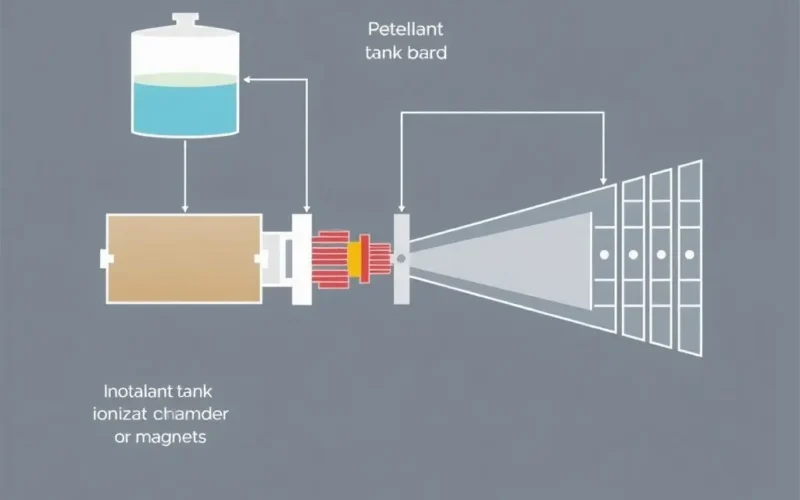Imagine a spacecraft gliding through the inky blackness, not with a deafening roar of chemical rockets, but with an almost imperceptible hum. This isn’t just the stuff of science fiction daydreams anymore. Welcome to the world of ion thrusters – the quiet, persistent engines poised to redefine our journey across the cosmos.
Forget the explosive kick of conventional rockets that burn through tons of fuel in minutes. Ion thrusters operate on a fundamentally different principle, one that’s less about raw power and more about incredible efficiency and endurance. They are the marathon runners of space propulsion, designed for the long haul.
Curious to see the core idea in a flash? Check out this quick peek into the silent power of ion propulsion:
Table of Contents
What Exactly is an Ion Thruster?
At its heart, an ion thruster is an electric propulsion system. Instead of expelling hot gas created by combustion, it expels a beam of accelerated ions. Think of it as using electricity to push particles out the back of your spacecraft, generating thrust.
While the thrust generated is tiny compared to traditional rockets – often equivalent to the weight of a sheet of paper held in your hand – this small force is applied continuously for months or even years. Over time, this steady push builds up tremendous speed, making them ideal for missions that require vast changes in velocity or need to maintain precise orbits over long periods.
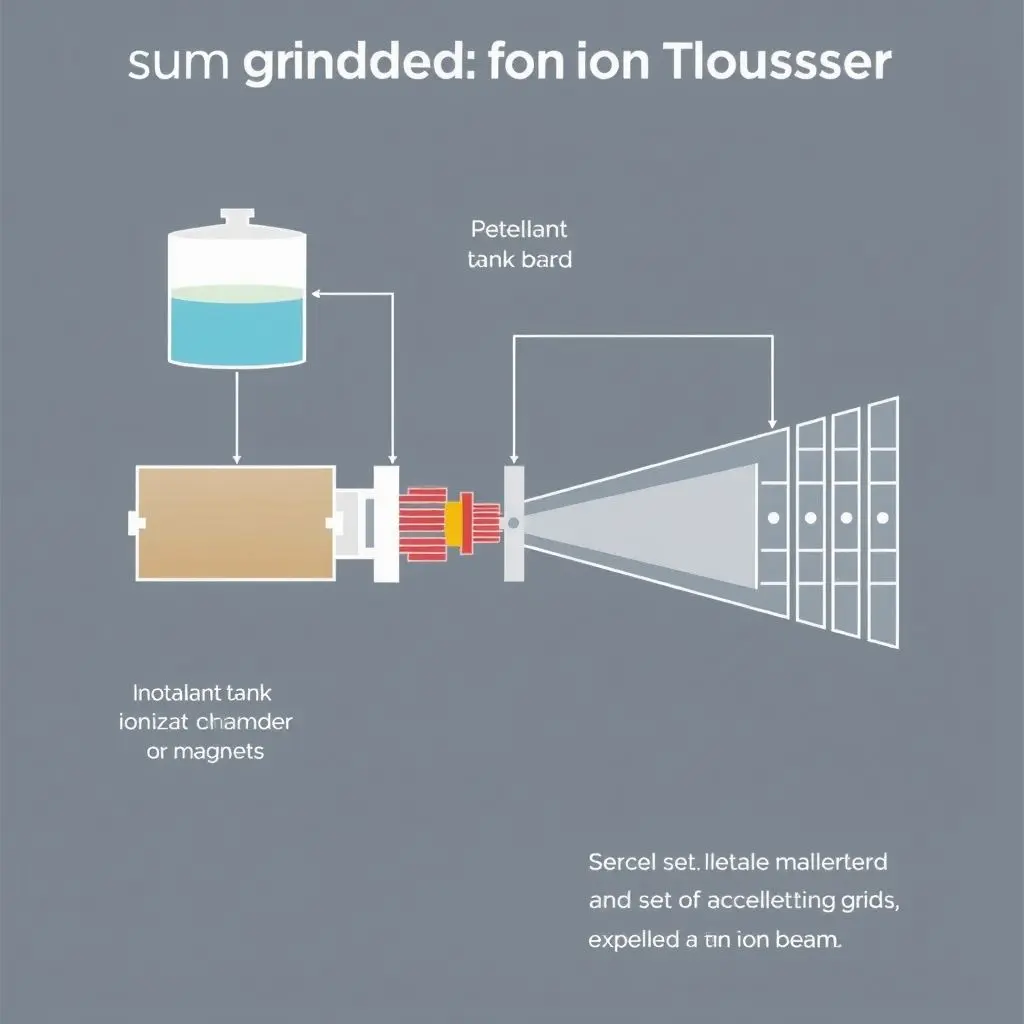
The Mechanism: How the Silent Push Happens
The process of generating thrust with an ion engine involves several key steps:
1. Propellant Storage: Ion thrusters typically use an inert gas as their propellant. The most common choice is Xenon, a heavy, non-reactive noble gas. Xenon is stored under pressure in tanks aboard the spacecraft.
2. Ionization: This is where the magic begins. The neutral propellant gas needs to be turned into ions (atoms with a net positive charge). In a common type called a Gridded Ion Thruster, the Xenon gas is fed into a chamber. Inside this chamber, electrons are emitted from a cathode (an electron emitter). These electrons are accelerated and collide with the Xenon atoms. If an electron has enough energy, it can knock another electron off a Xenon atom, leaving behind a positively charged Xenon ion (Xe+).
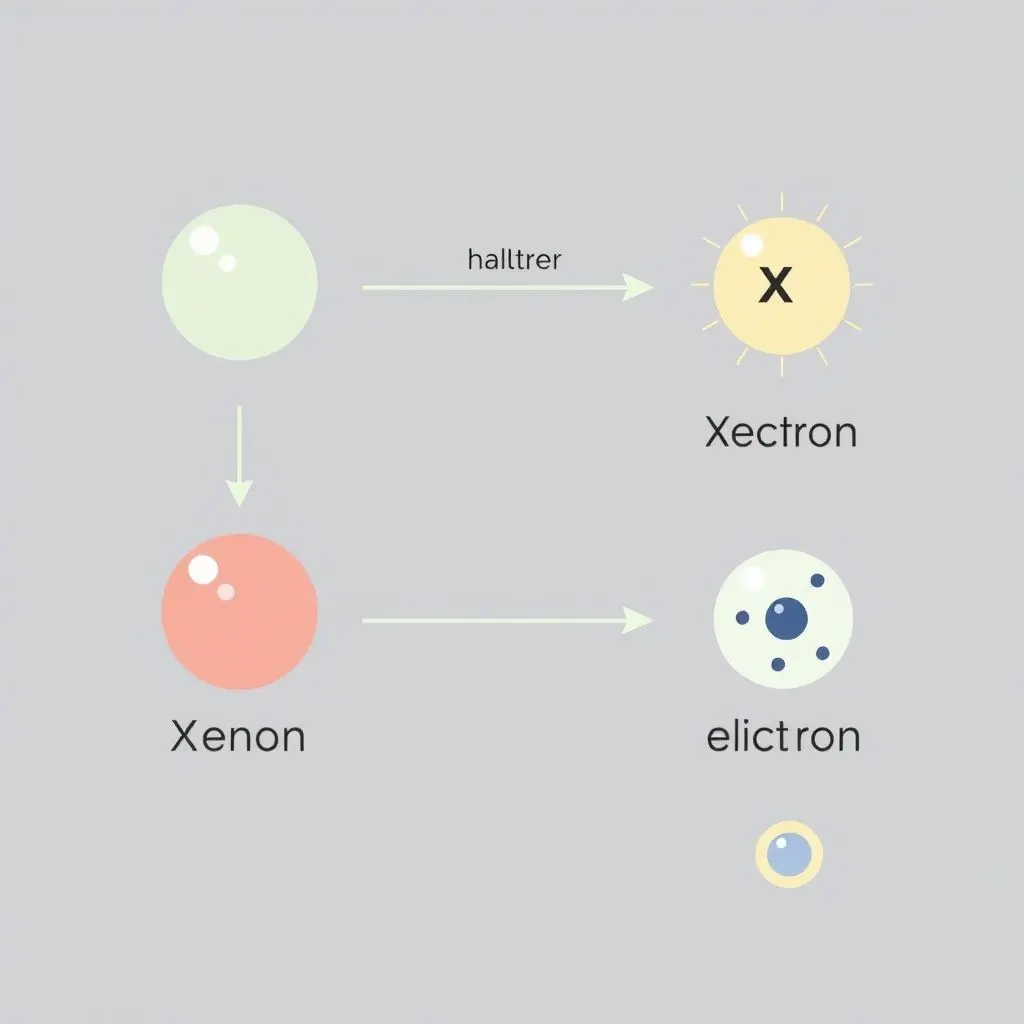
Often, magnetic fields are used within the ionization chamber to confine the electrons, increasing their path length and making it more likely for them to collide with and ionize the Xenon atoms. This improves the efficiency of the ionization process.
3. Acceleration: The positively charged ions are now in the chamber. Behind this chamber is a set of grids with many small holes. These grids have powerful electric potentials applied across them. A positive voltage is applied to a screen grid closest to the chamber, and a much lower (or negative) voltage is applied to an accelerator grid behind it. This creates a strong electric field between the grids.
The positively charged Xenon ions, seeing the negative voltage on the accelerator grid, are pulled out of the chamber and accelerated through the grid holes at incredibly high speeds – literally thousands of kilometers per hour, sometimes reaching speeds over 100,000 mph (160,000 km/h)!
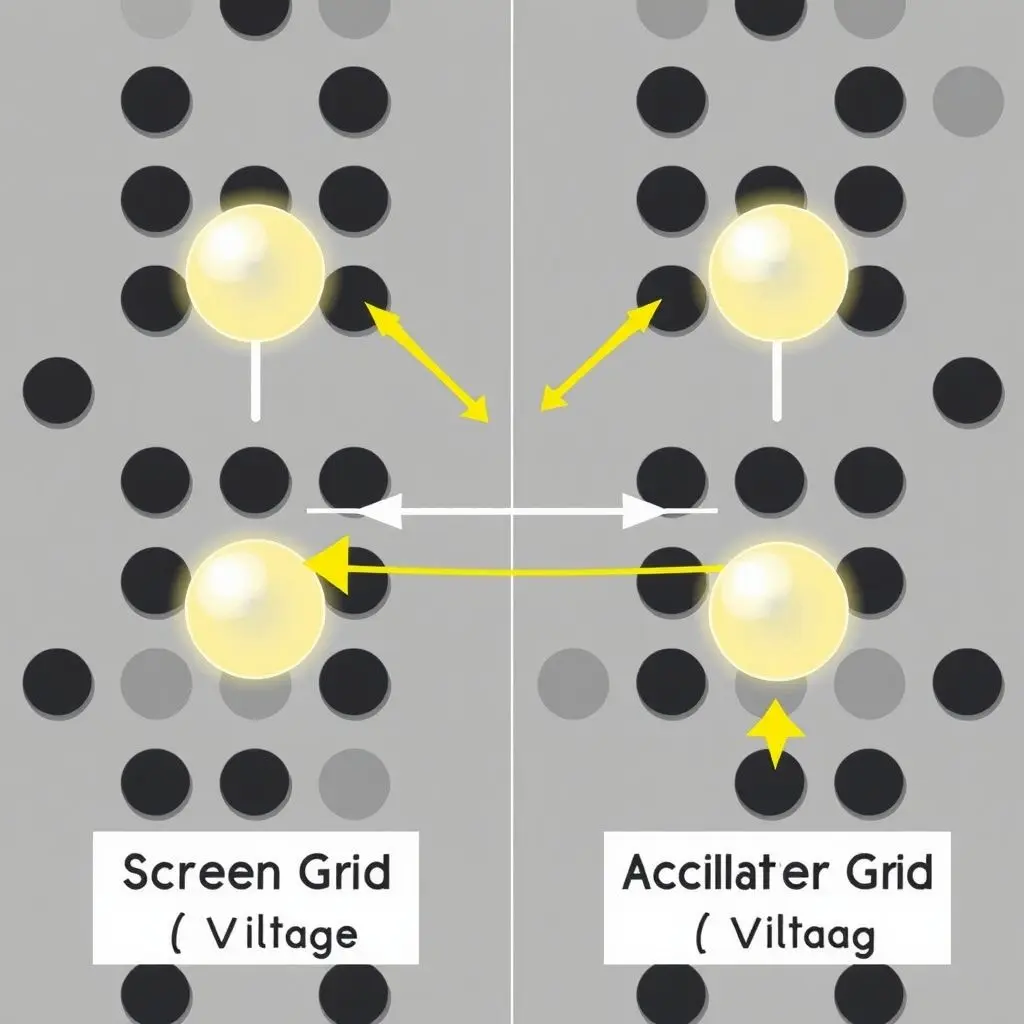
4. Neutralization: Accelerating only positive ions out the back would quickly cause the spacecraft to build up a net negative charge. This negative charge would start pulling the expelled ions back towards the spacecraft, reducing thrust and potentially causing problems. To prevent this, a neutralizer cathode (another electron emitter) is placed near the exhaust stream. This neutralizer releases electrons into the beam, combining with the positive ions to create a neutral plasma stream. This ensures the spacecraft remains electrically neutral and the expelled ions continue on their way.
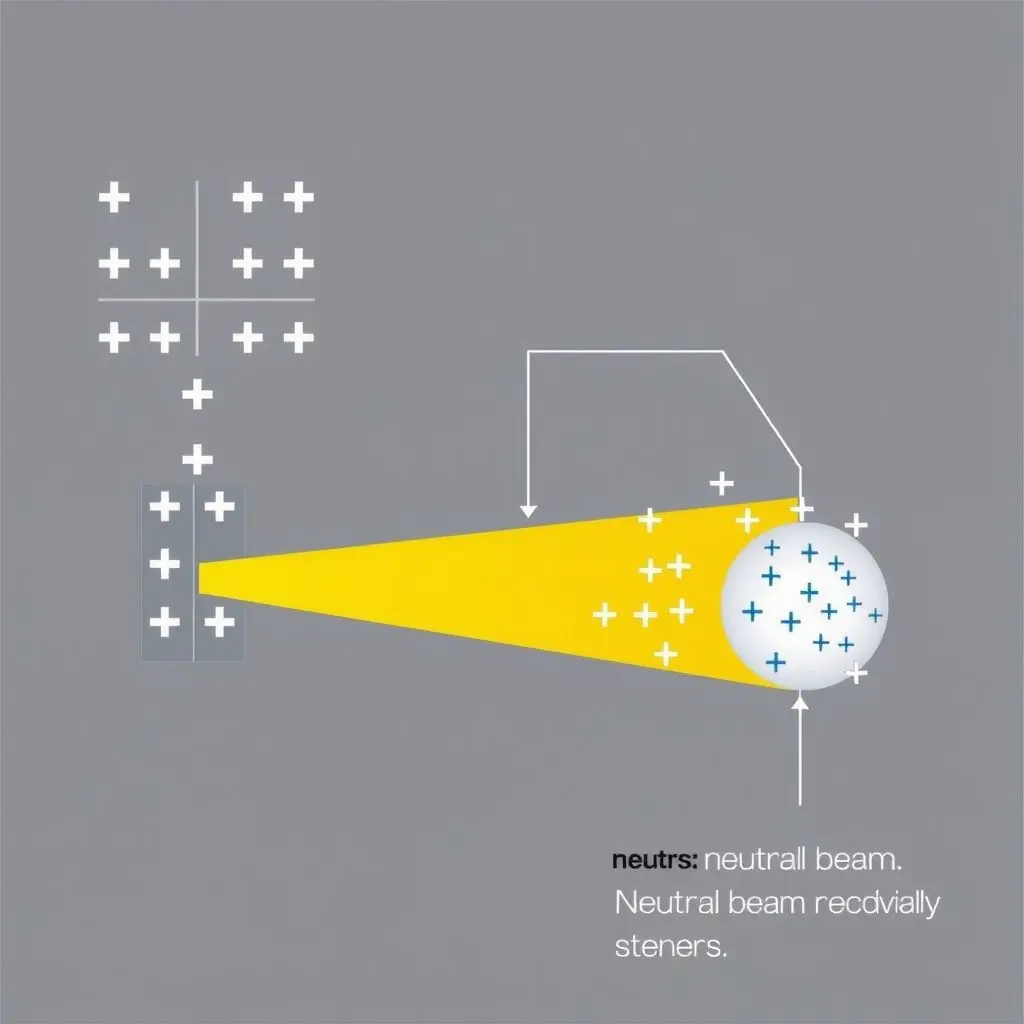
Why Choose Ion Propulsion Over Chemical Rockets?
The primary advantages of ion thrusters boil down to efficiency and endurance:
- High Specific Impulse: This is a measure of how efficiently a rocket uses propellant. Ion thrusters have a much higher specific impulse than chemical rockets. This means they can generate the same amount of thrust using far less propellant mass. This is crucial for deep-space missions where carrying less fuel means a lighter spacecraft, requiring less energy to accelerate overall.
- Long Duration Thrust: While the thrust is low, it can be maintained for months or years. This allows the spacecraft to reach very high velocities over time, enabling missions to distant planets, asteroids, and beyond that would be impractical or impossible with only chemical propulsion.
- Precise Maneuvering: The low, steady thrust is excellent for fine orbital adjustments, maintaining altitude, or precise maneuvering around celestial bodies.
They aren’t suitable for launching off a planet’s surface (they can’t overcome gravity), but once in space, they are incredibly effective for getting you where you need to go, eventually.
Ion Thrusters in Action: Not Just Sci-Fi!
Ion propulsion has moved from theoretical concept to proven technology used on real space missions:
- Deep Space 1 (NASA): The first spacecraft to use ion propulsion as its primary means of thrust, proving its viability in the late 1990s.
- Dawn (NASA): Used three ion engines to travel to and orbit two different celestial bodies – the asteroid Vesta and the dwarf planet Ceres. This was a groundbreaking achievement showcasing the flexibility of ion propulsion.
- Hayabusa (JAXA): Japanese missions that used ion engines to travel to asteroids (Itokawa and Ryugu) and return samples to Earth.
- Artemis Program (NASA): Future missions like the Power and Propulsion Element (PPE) for the Lunar Gateway space station will utilize advanced ion propulsion systems.
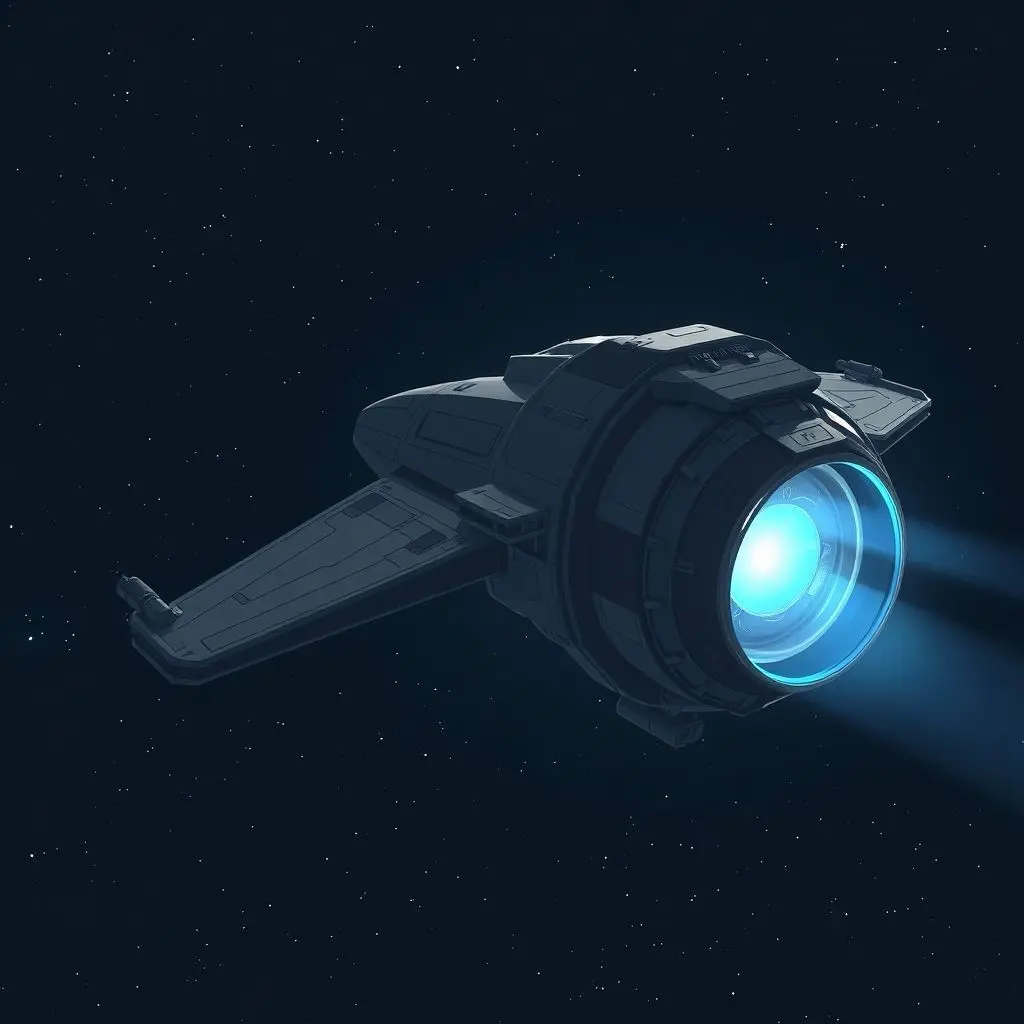
Limitations to Consider
Despite their advantages, ion thrusters aren’t a universal solution:
- Low Thrust: As mentioned, the thrust is very low. They cannot be used for launch from a planetary surface or for rapid maneuvers.
- Power Requirements: They require a significant amount of electrical power, typically provided by large solar arrays or potentially future nuclear power sources for missions further from the sun.
- System Complexity: The systems are complex, involving high voltages and precise control of plasma.
The Sci-Fi Connection Revisited
While ion thrusters won’t give us instant warp drives or hyperdrive jumps (at least not yet!), they are a crucial step towards the kind of prolonged, efficient space travel we see in science fiction. Imagine reaching Mars not in a frantic sprint, but a steady, fuel-efficient cruise. Or sending probes to the Oort Cloud or beyond, journeys that would be impossible with conventional fuel constraints.
Their silent, continuous push is the real-world equivalent of a starship settling into cruise velocity for years on end. It’s the technology that makes exploring our solar system’s furthest reaches a practical reality, slowly but surely propelling humanity’s reach further into the void.
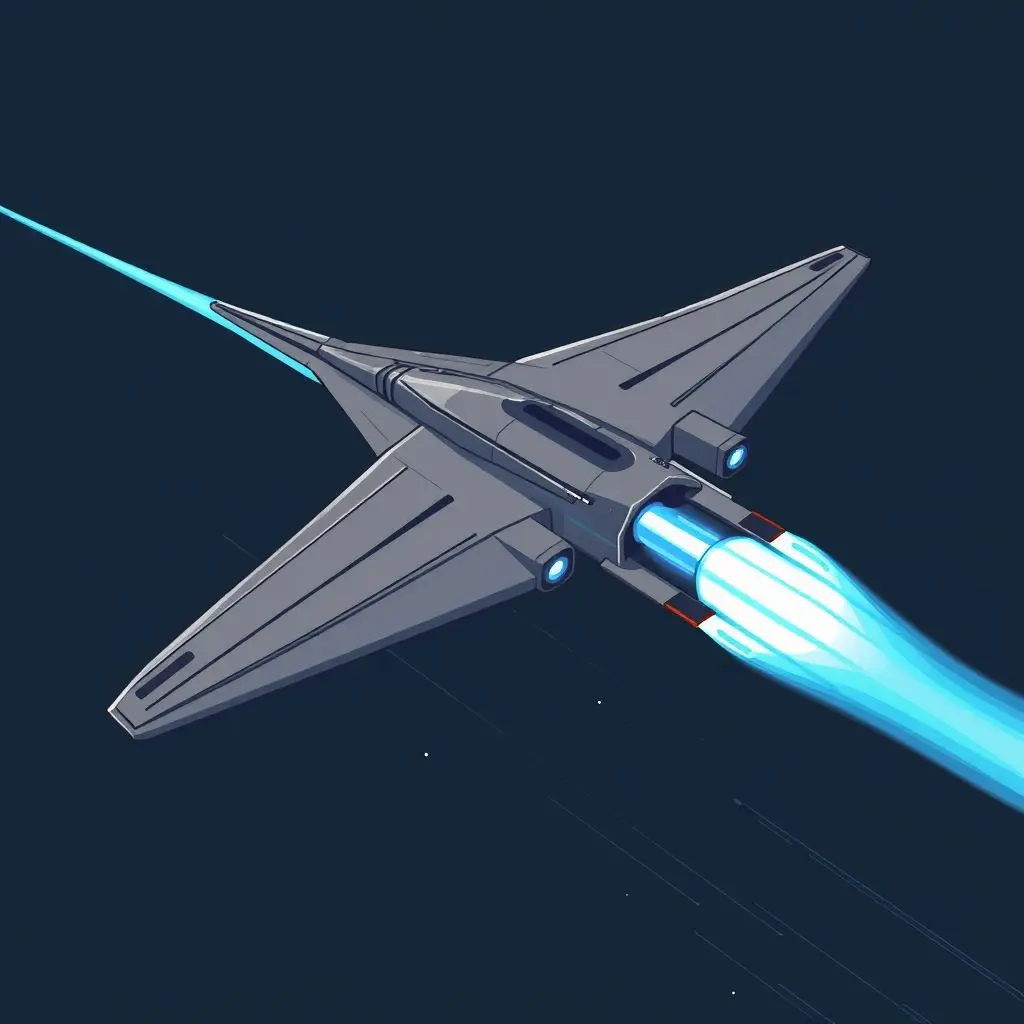
Frequently Asked Questions (FAQs)
Q: How fast can an ion thruster make a spacecraft go?
A: While the thrust is low, the exhaust velocity (how fast the ions are expelled) is extremely high – much higher than chemical rockets. This high exhaust velocity, applied over long periods, allows spacecraft to eventually reach very high speeds in space. Missions like Deep Space 1 and Dawn achieved significant velocity changes over their lifetimes thanks to their ion engines.
Q: What kind of fuel do ion thrusters use?
A: The most common propellant is Xenon gas due to its high atomic mass (which means more momentum per ion) and inertness. Other propellants like Krypton or even Iodine are also being researched and used.
Q: Are ion thrusters silent?
A: In the vacuum of space, there’s no medium for sound to travel. So, while the internal components might make tiny vibrations, the engine itself is effectively silent to an observer outside the spacecraft. The exhaust is a faint, sometimes slightly visible blue glow (due to excited Xenon atoms).
Q: Can ion thrusters be used for travel outside our solar system?
A: Ion thrusters are highly efficient and can achieve high speeds, making them excellent for interplanetary travel within our solar system. For true interstellar travel (reaching other stars), even faster propulsion methods would likely be needed due to the immense distances, though advanced ion or plasma concepts might play a role in future designs.
Q: How long can an ion thruster run?
A: Ion thrusters are designed for extremely long operational lifetimes, often running for thousands or even tens of thousands of hours continuously. The limiting factors are usually the amount of propellant carried and the wear and tear on components like the grids over time due to ion sputtering.
So, the next time you gaze up at the stars, remember that out there, beyond the reach of Earth’s gravity, spacecraft powered by invisible beams of charged particles are steadily, quietly, making their way across the vast cosmic ocean, turning science fiction dreams into navigational charts.
